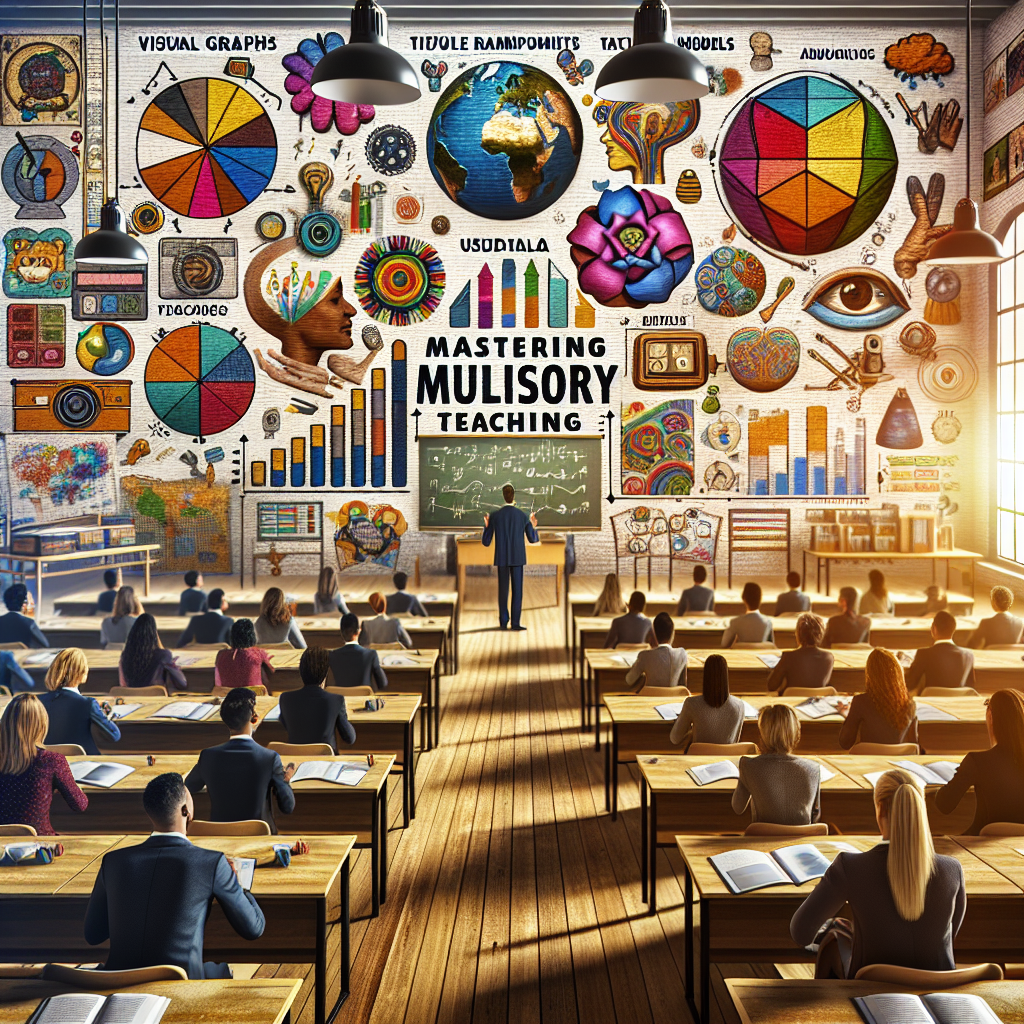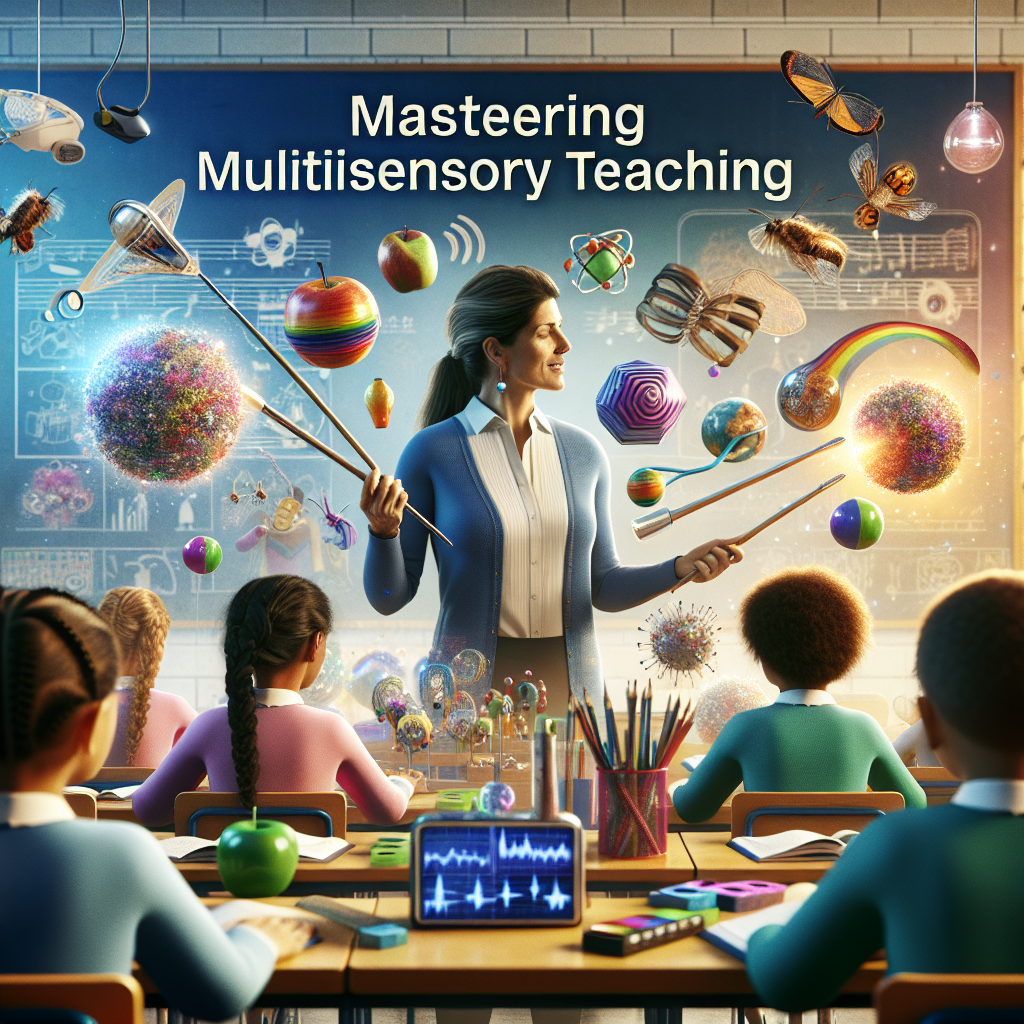How Your Child Can Benefit From Multisensory Teaching Strategies
- Gabrielle Bryant, Ed.S

- May 16
- 3 min read
Updated: May 27

In the complex landscape of education, the key to unlocking the full potential of teaching lies in leveraging innovative methods to cater to diverse learning styles. One such powerful approach that has been gaining momentum in educational circles is the concept of multisensory teaching. For educators looking to elevate their teaching game and create impactful learning experiences, mastering multisensory teaching strategies is the way forward.
Why Multisensory Teaching?
1. Engaging Learners: Multisensory teaching involves engaging multiple senses simultaneously during the learning process. By incorporating auditory, visual, tactile, and kinesthetic elements into lessons, teachers can effectively captivate students' attention and enhance engagement levels.
2. Addressing Diverse Learning Styles: Every student learns differently, and a one-size-fits-all approach rarely yields optimal results. Multisensory teaching caters to various learning styles, including visual, auditory, and kinesthetic preferences, ensuring that all students can access and process information effectively.
3. Enhancing Retention and Recall: Research indicates that multisensory teaching can lead to improved retention and recall of information. By activating different areas of the brain through sensory stimulation, students are more likely to remember key concepts and transfer them to long-term memory.
Mastering Multisensory Teaching Strategies
Now that we understand the significance of multisensory teaching, let's delve into some game-changing, practical strategies that teachers can incorporate to engage learners and increase retention of skills and content.

1. Visual Aids: Utilize visual aids such as diagrams, charts, and videos to reinforce verbal instructions. Visuals not only help clarify complex concepts but also appeal to visual learners, making the information more accessible and memorable.
2. Hands-On Activities: Incorporate hands-on activities that allow students to touch, manipulate, and interact with learning materials. These tactile experiences cater to kinesthetic learners and promote active participation in the learning process.

3. Multisensory Games: Introduce multisensory games and interactive simulations to make learning fun and engaging. By gamifying educational content, teachers can tap into students' competitive spirits and create an immersive learning environment.
4. Verbal Instructions with Gestures: Pair verbal instructions with gestures and movements to engage both auditory and kinesthetic learners. Using gestures while explaining concepts can help reinforce understanding and provide a multisensory learning experience.
5. Mindful Listening Activities: Incorporate mindful listening activities such as music, storytelling, or guided meditations to engage auditory learners and promote active listening skills. By creating a calming auditory environment, teachers can enhance students' focus and concentration.
Embrace the Future of Education
The educational mission extends beyond imparting knowledge; teachers should strive to inspire, empower, and nurture the minds of tomorrow. By embracing multisensory teaching strategies, educators open doors to a world of boundless learning possibilities, where every student has the opportunity to thrive and succeed.
Teachers can embark on this transformative journey to master the art of multisensory teaching. Schools should create vibrant, inclusive learning environments where every student's unique strengths are celebrated and cultivated, shaping a future where education knows no bounds and every learner finds their voice.
Conclusion
Multisensory teaching is not just a teaching method; it's a philosophy that celebrates diversity, fosters creativity, and cultivates a love for learning rather than focusing on rote memorization, lecturing, and standardized testing. By adopting and mastering multisensory teaching strategies, educators can revolutionize the way knowledge is imparted and pave the way for a brighter, more inclusive educational landscape.
Parents, are you ready to support the power of multisensory teaching in your child's classroom? Check with your child's school to see if this transformative approach is being used, and if not, advocate to have it implemented and help redefine the future of education, one sensory experience at a time!




Comments